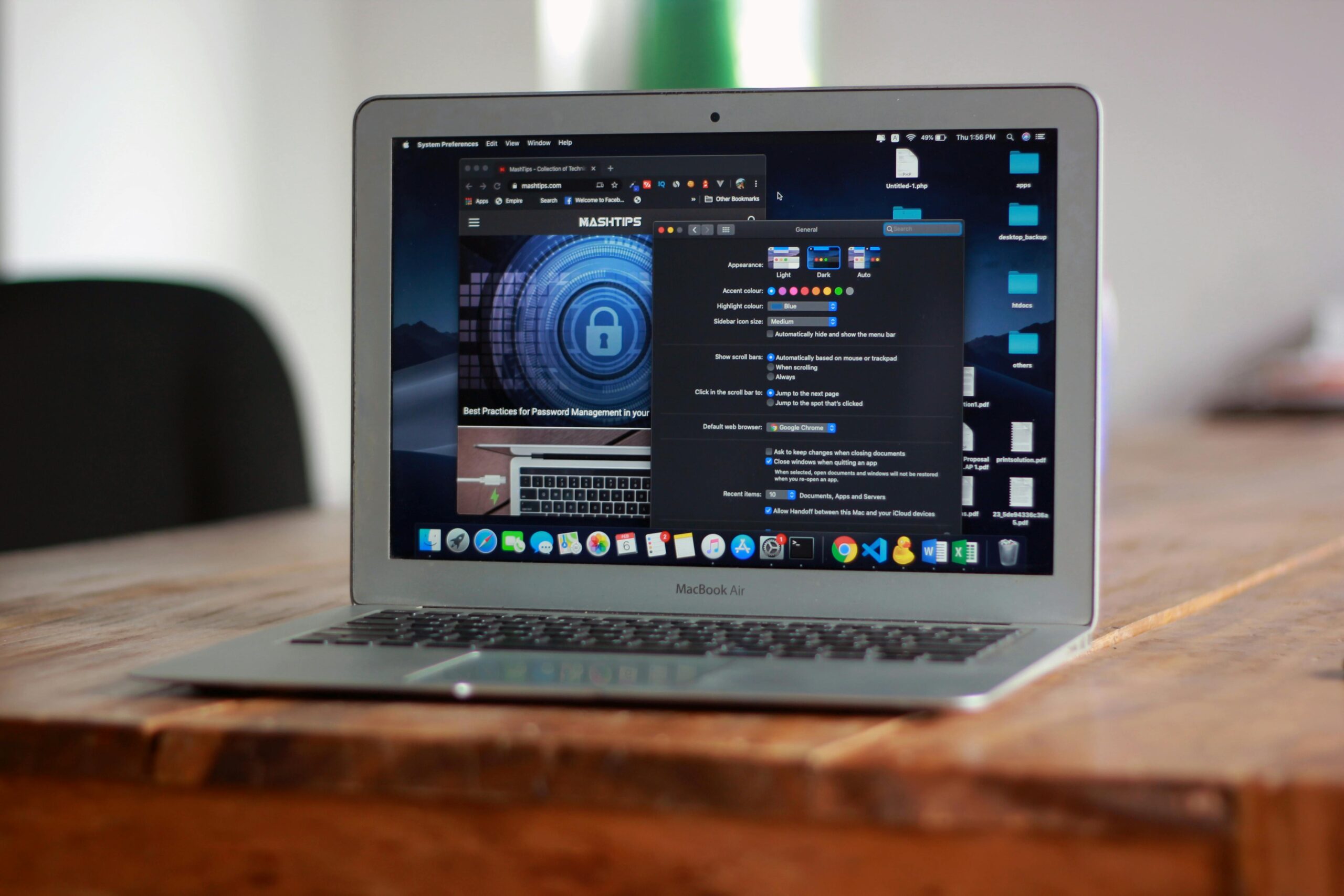
by Molly George
For millions of Americans, the news has been a part of our daily routines for as long as we can remember. We start our day with the morning news turned on in the background as we get ready and eat breakfast. We listen for the latest update on our commutes to and from the office (who thought we’d ever miss our commute time?). We scan our emails for the newsletters that key us into the most important headlines of the day.
Now, in the midst of the COVID pandemic with cities across the country under shelter-in-place mandates, the media has offered one of our only connections to the outside world. For many, it’s also offered a reprieve from uncertain and sometimes scary times (#TigerKing).
As a team of folks whose professional lives revolve around the media, we already have a particularly strong interest in this area. But we also had a hypothesis that Americans’ news and media consumption habits have likely shifted in light of the pandemic — so we took a closer look in our most recent COVID Pulse Survey to find out.
News consumption on the rise
For more than 2 out of 3 Americans, news consumption has increased during the COVID pandemic, with 86% saying they want to stay up to date on the latest information as things continue to change rapidly. While 42% attribute the increase to simply having more time, 47% say they have also turned to a higher volume of sources during the pandemic to ensure they’re getting accurate and balanced information. And the boost may not be short-lived — more than 25% of consumers say they expect to consume more news long-term as a result of COVID-19.
Of the 9% who say they’re now consuming less news, respondents were most likely to be tuning out because the news felt overwhelmingly negative or sad (60%), or to help them better manage their stress and anxiety (59%).
Shifting sources
With more time being spent consuming news, which sources are consumers turning to? 61% of consumers cite increased consumption of digital/online news. While 44% say they’ve increased national TV news consumption, only 8% said the same for newspapers, and more respondents cited decreasing radio consumption than any other source. Unsurprisingly, respondents also cited increased consumption of news via numerous social media platforms, with 1 in 3 saying they’ve spent more time reading news on Facebook, and nearly 25% saying the same for Twitter.
When a little relief is needed, the survey also showed where Americans are turning for entertainment, with a whopping 68% saying they’ve increased their time spent watching shows or movies via streaming services like Netflix, Hulu and HBO, compared to the 43% who said the same about cable TV. And while 25% of Americans say they’ve decreased radio consumption for entertainment during COVID, 28% say they’ve increased time spent listening to podcasts.
The new face of broadcast?
From CBS Evening News to The Tonight Show, broadcast TV has arguably been most impacted by COVID, as reporters, anchors — even guests — navigate the new realities of broadcasting live from home instead of their well-equipped studios. And consumers are liking the new format, with 67% agreeing they enjoy getting a glimpse inside the homes of some of their favorite on-air personalities. The shift to remote broadcast may also be helping those on-air personalities connect more with their audiences, as 69% say that seeing them broadcast from home makes them more relatable. And while we’re likely to see broadcast teams quickly shift back to in-studio operations, 41% of Americans say they hope shows will continue to broadcast from home more, even once the pandemic is behind us.
What consumers want
While 79% of Americans agree on the need for factual updates on case volume, testing volume and death rates, the survey also showed a strong desire for stories of optimism and a focus on community. Respondents cited wanting stories that offer hope of both health-related recovery (56%) and economic recovery (57%). Americans are also eager for stories of COVID-driven business innovation (54%), and companies’ community initiatives (47%), with more than 1 in 3 saying they want stories that help them learn more about businesses impacted by COVID that they can support.
Whether it’s getting the daily download of world news and events or bingeing the latest Netflix series, media continues to be the great connector. Let us know which outlets you’re relying on most — and if there are other COVID topics you’d love a deep dive on in our ongoing weekly Pulse Survey series, drop us a line at hello@meetkickstand.com.



